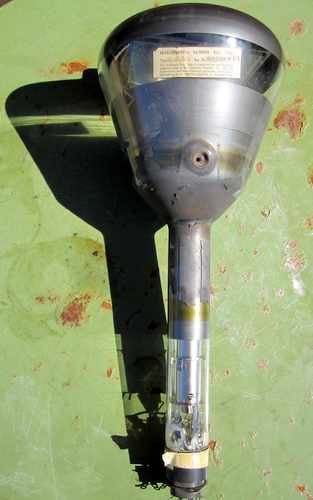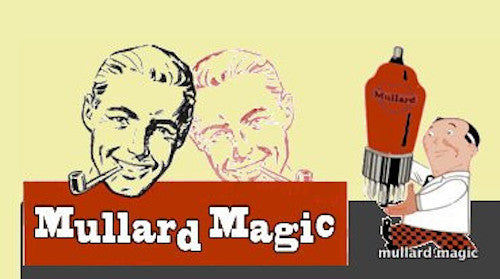
THE MONOSCOPE AND THE BBC TEST CARD C -
Share
Now here’s something you don’t see every day – it’s a Monoscope. These were invented in the immediate post war period in the GEC laboratories at Wembley following on from the need for broadcasters to derive a signal with which to test their equipment.
Within the cathode ray tube (CRT) of the monoscope, a solid silver plate, photo etched, curiously using photo sensitive fish glue (yes, really!) and carbon coated depicted the information that had to be produced – in the case of this device, the redoubtable BBC Test Card C.

A signal was generated as a focused beam of electrons scanned the target and a sharp facsimile of the target was produced due to differential secondary emission between the silver plate and the carbon screening where electron impingement onto the silver produced an output and conversely, the carbon screening, no current. In place of the fluorescent screen seen on a typical CRT the faceplate connects to a metal plate inside the tube. This plate has an insulated photographic pattern engraved upon it. The scanning beam produces an output where it strikes the plate and no current where it strikes the insulation.

The monoscope was electrostatically focused and magnetically deflected and had an anode voltage of 5kV to ensure a tight focused beam which was essential to achieve good definition of the picture plate, the maximal value being approx.100 lines per inch with a beam current of 5uA and a signal output of 2.5uA peak to peak.

